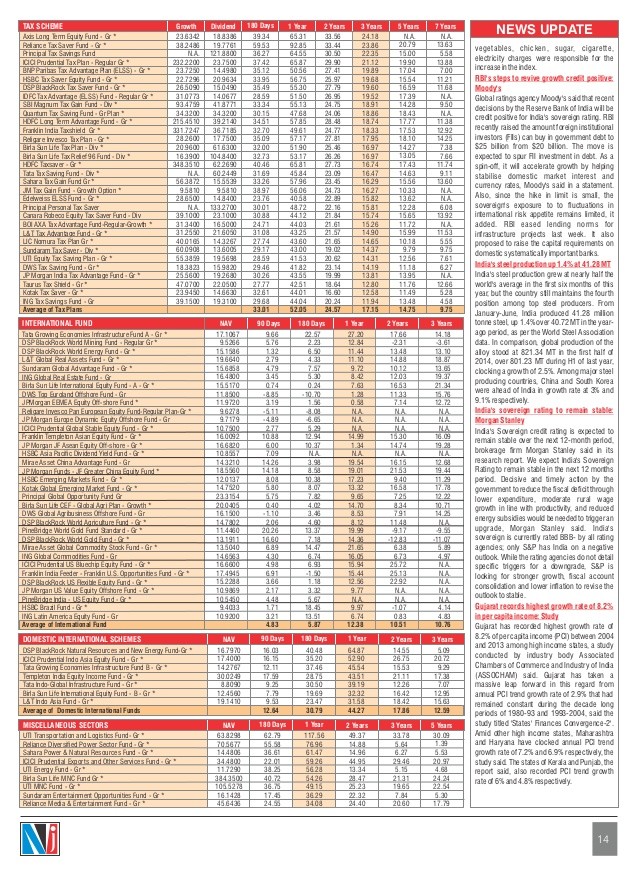Market Wrapup for Apr 23 Watch Out for Mutual Fund Fees
Post on: 16 Март, 2015 No Comment

Market Wrap-up for Apr. 23 Watch Out for Mutual Fund Fees
Many dividend investors feel comfortable doing their research and picking individual stocks to purchase; they feel confident in the company they have chosen and can see a dividend history to back it up. Others prefer a more diversified approach, and look to funds to help spread out their risks and allow them to invest in a basket of companies using just one ticker, while still maintaining a steady dividend stream.
Mutual funds are the most popular choice for diversified funds in todays marketplace (though ETFs are fast on the rise ). However, for all of their popularity, some investors still do not fully understand the fee structure and all of the possible charges that can be associated with investing in one of these products:
- Expense Ratio: The most obvious and up-front cost, an expense ratio or management fee, is paid each year to the funds management team out of the funds assets. The average mutual fund charges 1.3% to 1.5% each year, which can add up quickly and eat up your position over time.
- Transaction Fees: Most funds will charge a fee when making your initial purchase and some will also charge a redemption fee, which comes when you sell the fund. Both of these fees are paid to the fund, making them different charges than the next two items on our list.
- Front-end Load: This is a fee charged at the purchase of some funds; it is paid to the brokers that sell you the product. A front load is usually charged as a percentage and comes out of your initial investment. If you were to buy $10,000 worth of a fund that charged a 3% front-end load, $300 would go to the broker, while $9,700 would actually be invested.
- Back-end Load: This works the same way as a front-end fee, but it is charged when you sell certain funds. Back-end fees typically taper off as time goes on; for example, the fund can charge 3% if you sell within one year, 2% within two years and so on. These typically wont hurt a long-term investor, but they can be a nasty surprise if you need to exit a position earlier than anticipated.
- Account Fees: Certain companies will charge investors an account fee, which is a cost associated with the maintenance of an account.
Not all mutual funds will incur the aforementioned fees, and there are plenty of options that manage these costs quite well. Still, investors should watch out for the fee structure associated with any mutual funds they purchase and be sure that they understand the costs associated with the investment. If a fund has a fee structure that you are not comfortable with, try looking into the ETF world. as those products are often more cost effective and still offer most of the advantages associated with mutual funds.
Be sure to check us out on Twitter @dividenddotcom .














